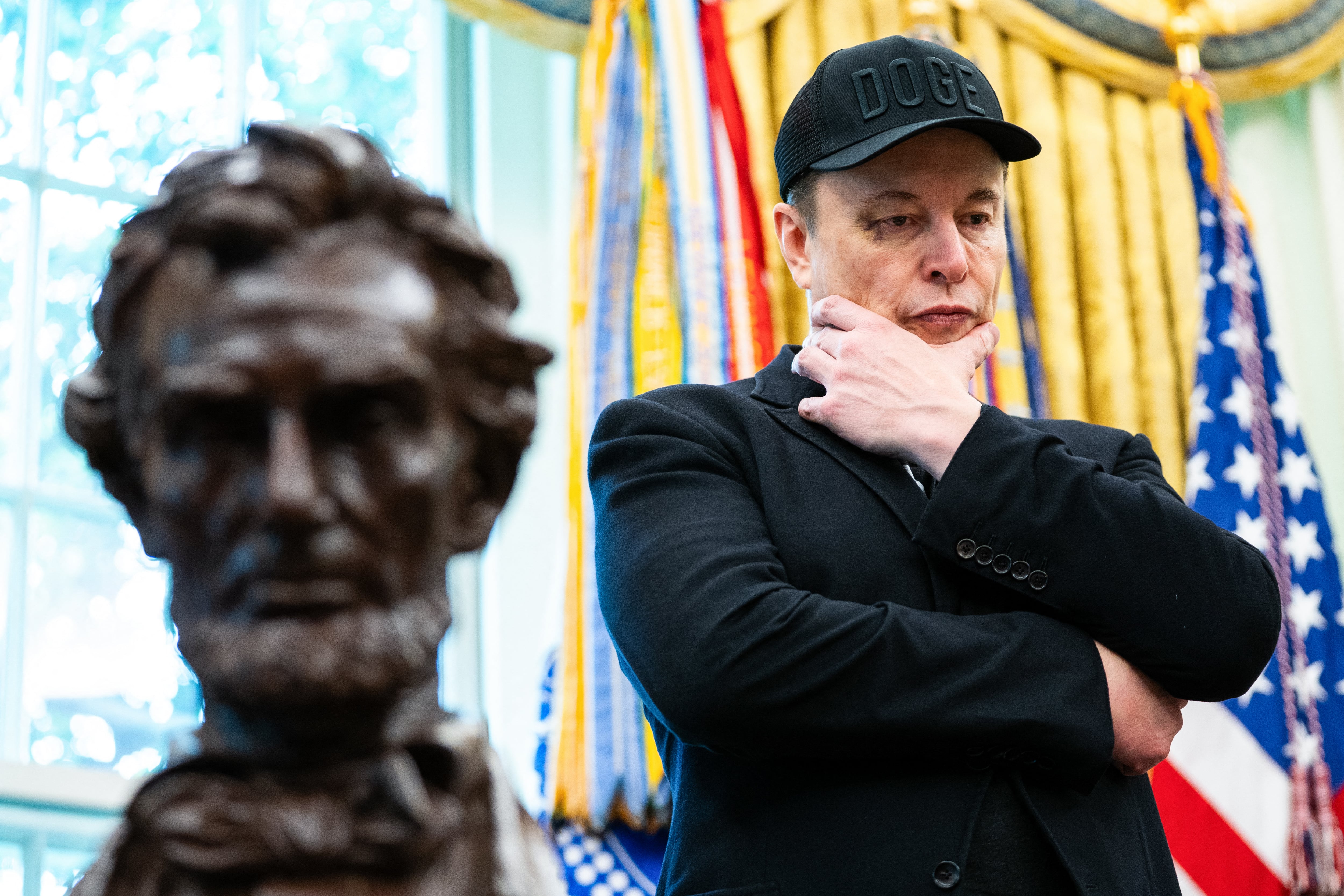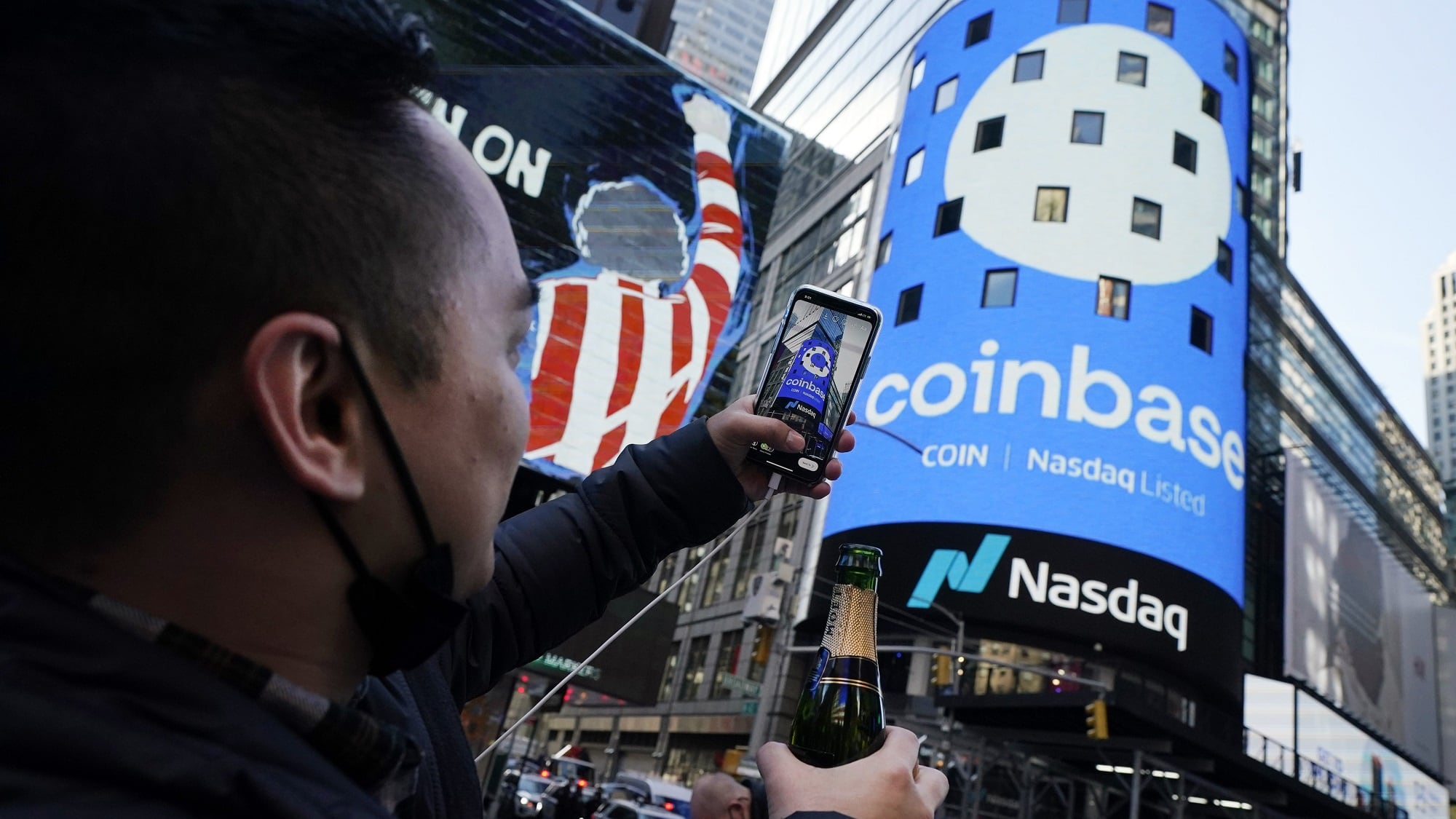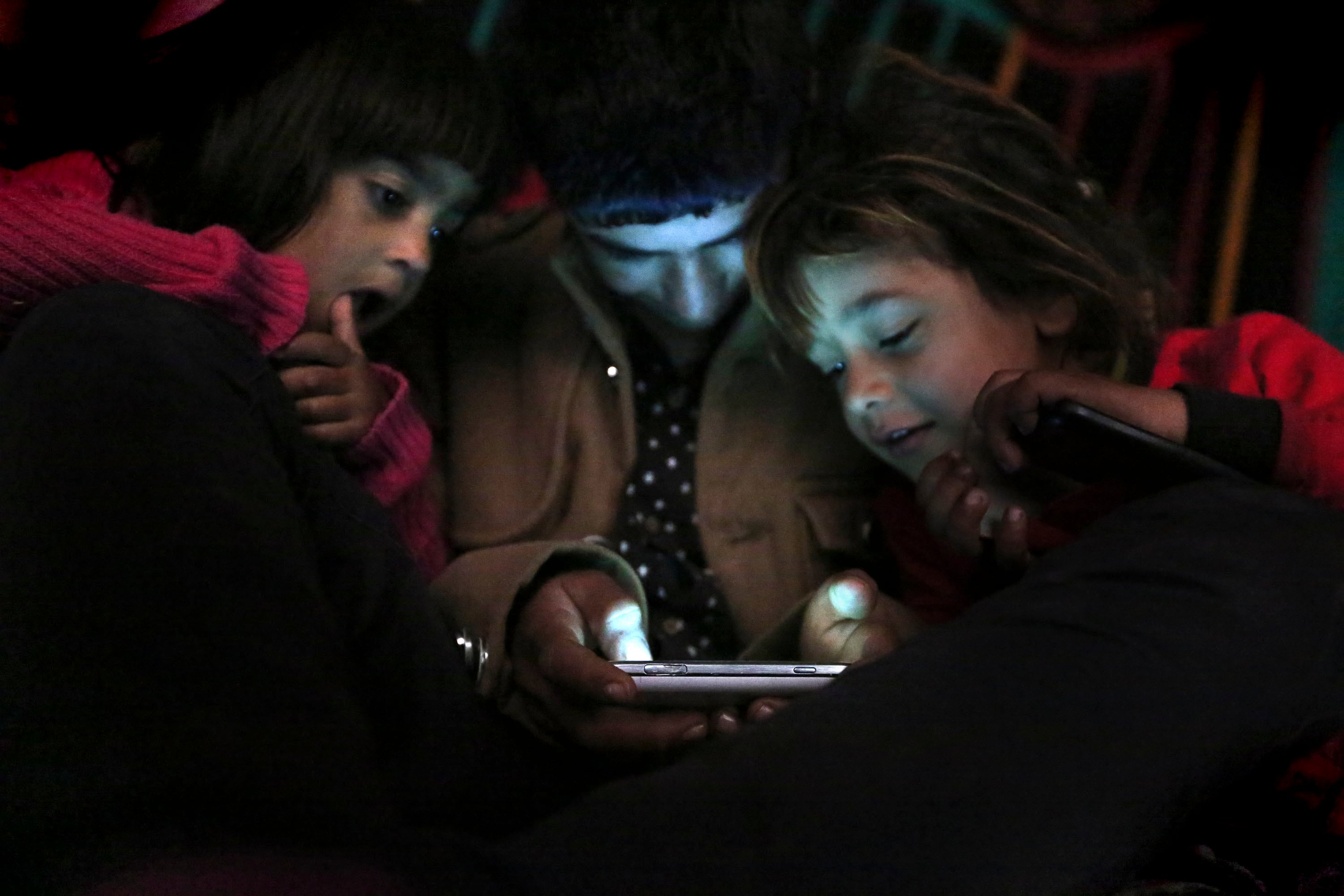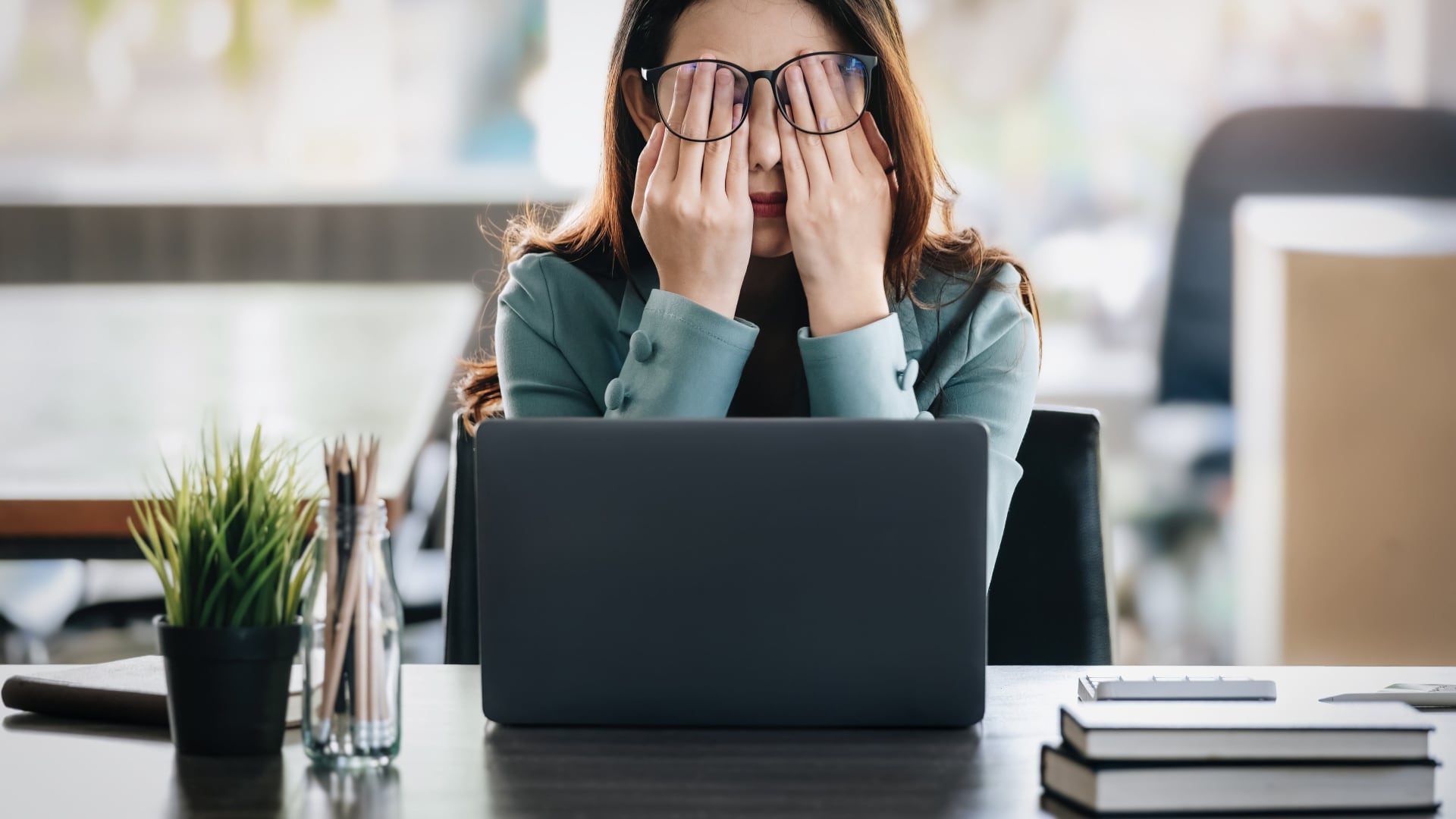United Airlines Encourages Safety Through Cleanliness as Travelers Slowly Return By Michelle Castillo
Since March, Dace Rudzitis has been in Vietnam, Germany, Japan, and Singapore. She's also flown across the U.S. to Texas, California, Florida, and New York. The 82-year-old says she feels safer on a plane than in stores: it's cleaner, people are always wearing masks, and she can socially distance. "There's less people around on the plane than there are a lot of other places," she explained. That's exactly what companies like United Airlines want to hear. The air carrier, as well as its competitors, are adding new safety precautions in order to convince travelers that it's okay to fly again.
"We're doing a lot of extra things to make sure everyone's absolutely comfortable with their travel," said Mike Erbeck, vice president of United Airlines' Newark Liberty International Airport hub.
But with coronavirus cases spiking across the country and airlines putting more people on planes to cut costs, some passengers are concerned. Last week, the Transportation Security Administration screened 4.7 million passengers, about 25 percent of the number that traveled through airports at the same time last year. United notified its employees in July that it may have to furlough as many as 36,000 employees if business does not pick up.
Erbeck said travel at Newark almost slowed to zero. However, people have been steadily coming back and United is hoping to have around 200 flights leaving daily from the airport starting in August, up from 115 in July. Most of the planes are about 60 percent full. "The traffic has kind of maintained consistency at this point, and it's nice to see some traffic going back," he said.
To help assuage fears, United is requiring masks as soon as passengers step foot in an airport. If a person refuses to comply, especially on a plane, they may be temporarily banned from all U.S. carriers during the duration of the coronavirus. Employees are subject to temperature checks and have to wear masks as well. United also has partnered with the Cleveland Clinic and Clorox to enhance cleaning procedures in the check-in and waiting areas and on the planes themselves. The check-in process is touchless, and just requires a simple scanning of an app at an airport kiosk. Passengers also have to complete a health questionnaire before boarding.
The airline uses an electrostatic spray to further clean plane surfaces. It has HEPA filters to clean the air, and because of plane mechanics, airflow goes up and down rather than front to back, lowering the risk of cross-plane contamination. In any case, the air gets swapped out quickly, unlike what customers would find at a typical restaurant. "In-room dining doesn't have the complete air changing out every two minutes," Erbeck pointed out.
One thing that United is still doing, however, is booking middle seats. It does notify passengers when their flight is more than 70 percent full, and allows them to rebook without any fees. So far, only 5 percent of their flights tend to reach that threshold, and less than 1 percent of passengers opt to take another flight.
"Really when you think of things, we're not having 6 feet between customers even if we did block those seats," Erbeck said.
United in-flight attendant Nancy Serrato used to fly 14-hour flights to India, which were always packed. Now she's flying barely-full flights around the country. Part of her new duties includes wiping down tray tables and overhead cabinets, as well as handing out antiseptic towelettes to passengers. She doesn't mind the added tasks and feels it keeps everyone safe.
"With the right steps and the cleaning and our enthusiasm and our willingness to work and do different things [and] be a little bit inventive, I think we'll be back with full airplanes, hopefully, especially after the vaccine," she said.








